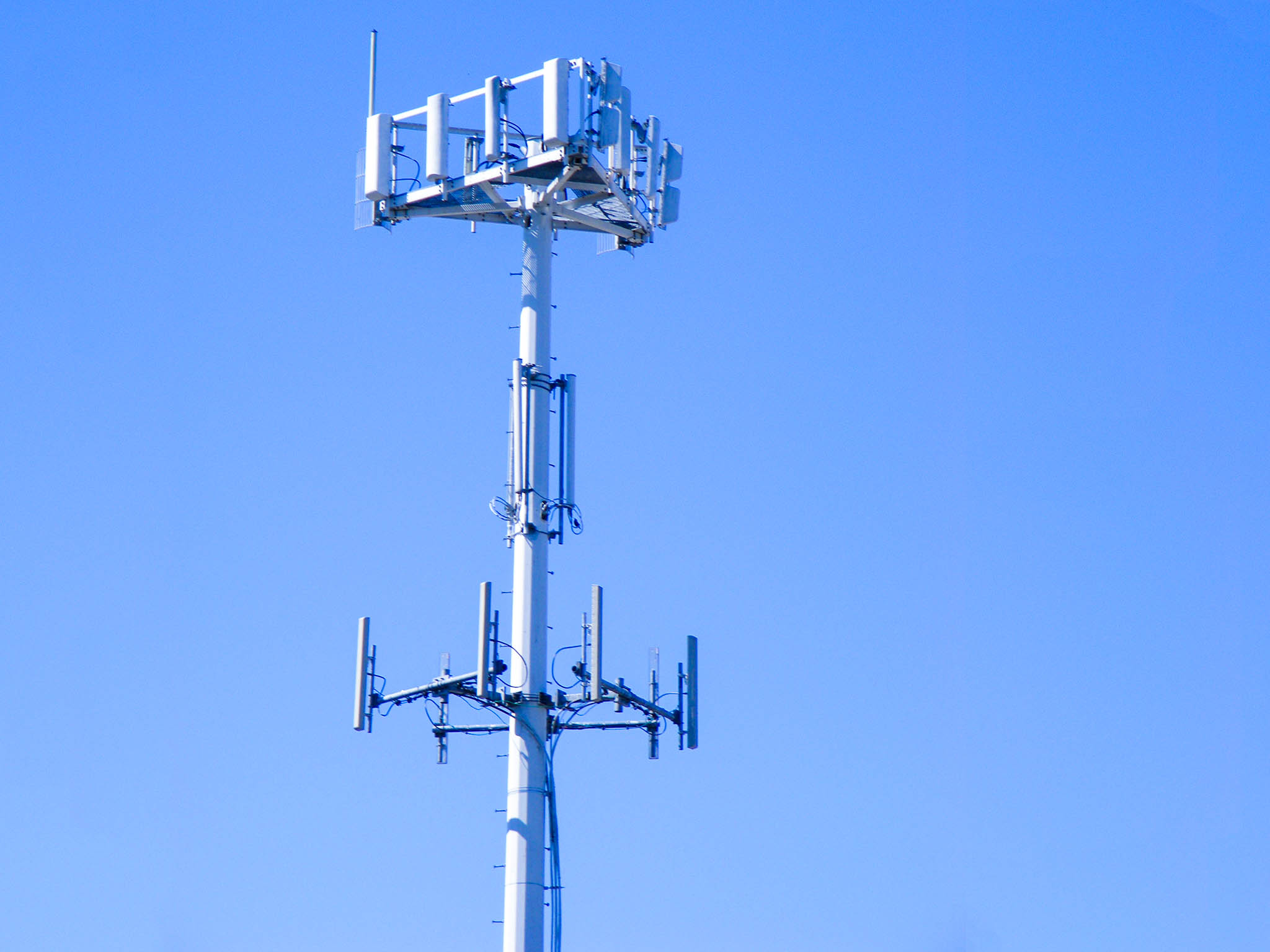When you've ever eliminated through a town, no doubt you've seen small micro 5G mobile towers on streetlight poles. These look like little boxes, although they transmit cordless signals from mobile carriers to the mobile phone.
These smaller podiums are gradually having the place associated with bigger, purpose-built cell towers. Although they are less noticeable, they could nonetheless pose difficulties for men and women.
Radiation Exposure Thresholds Set by the FCC
The Radiation Coverage Thresholds established by the FCC describe the safe range from which a particular person may be encountered with electromagnetic radiation coming from wireless devices. The exposure restrictions are based on scientific evidence that RF energy may impair human health.
The specific consumption rate (SAR) will be a measurement of how much radiofrequency energy tissue absorbs. A typical benefit is 1. six watts per kilogram, averaged across one gram of tissues.
Yet, since 5g transmits at better frequencies, it features the potential to boost the intensity regarding radiation on the particular skin as well as other quickly exposed areas of the body. https://zenwriting.net/stemstamp4/are-usually-safest-distance-from-a-5g-cell-structure of has the prospective to cause the broad variety involving negative consequences, including the worsening of epidermis illnesses such as dermatitis, skin cancer, and cataracts.

Because of of the potentially extreme consequences of 5G radiation, PSU offers opted to impose a general localized electric power density restriction of 4 mW/cm2 averaged over 1 cm2 for those 5G solutions at 3000 GHz, to not exceed 25 minutes. The optimum spatial-average SAR involving 1. 6 W/kg averaged across just one g of tissues at 6 GHz is consistent using this confined limit.
what is a safe distance from a 5g cell tower by typically the FCC
When you've ever used a cell phone phone, you're probably aware that some sort of safe distance from the tower reaches least 400 meters. This is due to the reality that the transmitting strength of your mobile tower rises substantially as you proceed farther away through it.
Although this specific seems to always be an excellent idea, the particular fact is that those who live near towers may become more prone in order to health concerns. Some sort of 2014 research in India, for illustration, found that habitants living within 55 meters of cell phone towers had a lot of higher health concerns compared to those living a greater distance away from the particular antennas.
Yet, this research found that inhabitants who relocated to regions additional away from cellular towers had a come back to normalcy within a day or two. Additional research has shown that prolonged experience of high levels of radiofrequency electromagnetic fields (EMFs) may lead to malignancy, brain tumors, and other health problems.
This is due to the fact that will RF radiation, which is utilized for wireless communication, is able to permeate the human bodies outer layer, your skin. This is considerable because the skin serves as a protective barrier against mechanical damage, infection by simply pathogenic bacteria, and even hazardous chemical sexual penetration. It is in addition the biggest appendage in the human being body and it is inside charge of guaranteeing the integrity associated with the other organs.
Minimum Exposure Thresholds Set by the particular FCC
The Minimum Exposure Thresholds set up by the FCC are based on various assumptions that are not maintained scientific data. They include the incorrect notion that short-term RF radiation direct exposure is safe owing to little penetration in to the body (i. e., tissue heating).
The assumption also overlooks the much deeper penetration of improved RF signals' ELF components, as effectively as the impact of brief breaks of heat through pulsed RF ocean. These assumptions are inconsistent with current knowledge of the biological effects of RF rays and really should not be utilized to set health-protective exposure amounts.
Moreover, the ICNIRP and FCC confine their maximum coverage limits to area peak SARs based upon peak spatial specific absorption rate (psSAR), which is a great insufficient dosimetric approach for evaluating typically the degree of RF radiation exposure. At frequencies over 6th GHz, psSAR is very incorrect. Additionally, psSAR will not be examined in conjunction with other environmental aspects like sunshine. Communications between RF light and other environmental factors could have antagonistic or synergistic effects. This particular would raise the probability of negative health impacts. Co-exposure in order to RF radiation in addition to sunshine, for example, may raise typically the risk of skin area cancer and get worse other skin situations like as acne pimples.
